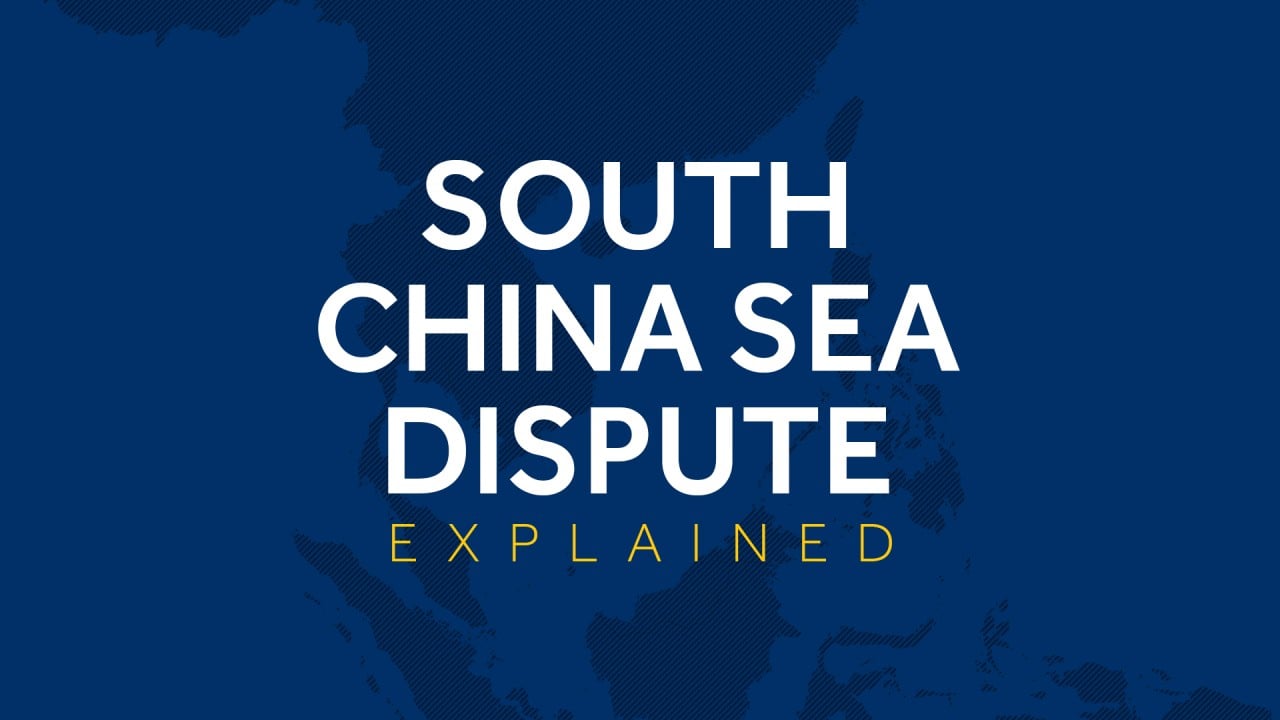
South China Sea: Vietnam’s clandestine island-building is a threat to maritime cooperation with China
- While Vietnam urges other claimants to halt reclamation work, it quietly continues its own development in the Paracel and Spratly islands, while playing the victim with regard to China. This must stop
Vietnam recently approved a seaport development plan to build modern ports by 2030, including in the disputed Paracel and Spratly islands, to meet its trade needs. Soon after, satellite images revealed fresh reclamation in the contested Spratly Islands of Sand Cay, Namyit Island and Pearson Reef.
At the western end of Namyit Island, more than 17,000 sq m is estimated to have been added recently while a long channel has been dug from the southwest end of Pearson Reef, where excavators and a barge dock were reportedly seen.
Of all the South China Sea claimants, Vietnam occupies the largest number of Spratly features and is thought to be the first to build on them and deploy weapons.
Vietnam uses double standards in the disputed South China Sea: urging others to halt reclamation and other work while continuing its own. Over the past few years, it has been upgrading facilities and equipment in the Spratlys, including reportedly newer and longer-range weapons systems.

Vietnam has also installed several office buildings and air-to-air radars on Pearson Reef and Namyit Island, expected to be equipped with sensors and communication systems. Local media claims Vietnam has been building on these islands to prevent China’s amphibious landings.
Vietnam has always kept a low profile on its Spratlys construction, with little coverage in the domestic media, as it does not want to irritate other claimants and lose the support of fellow Asean members, especially the Philippines and Malaysia.
It is also convenient for Vietnam to play the victim with regard to China and win the support of the international community. The success of Vietnam’s double standards can be seen in the scant coverage its island-building receives from think tanks, research institutions and media in the Western world.
Since agreeing in 2016 to cooperate on maritime enforcement, both countries have promoted practical collaboration and last month conducted a joint patrol in the Gulf of Tonkin, the second this year and the 22nd since 2006.
Both foreign ministries continue to work on maritime cooperation in areas of low sensitivity, promoting new projects in marine scientific research, environmental protection, fisheries, search and rescue, law enforcement and other areas.
But at the same time, with the code of conduct negotiations slowed down by the Covid-19 pandemic, Vietnam has seized the window of opportunity to continue building work in the disputed Spratlys.
Vietnam has to do the right thing now. It should adhere to the 2002 declaration and halt its construction and reclamation in the Spratlys, to ease tensions in the South China Sea and contribute to the settlement of the dispute.
Dr Yan Yan is director of the Research Center for Oceans Law and Policy at the National Institute for the South China Sea Studies, and vice-director of the South China Sea Strategic Situation Probing Initiative



